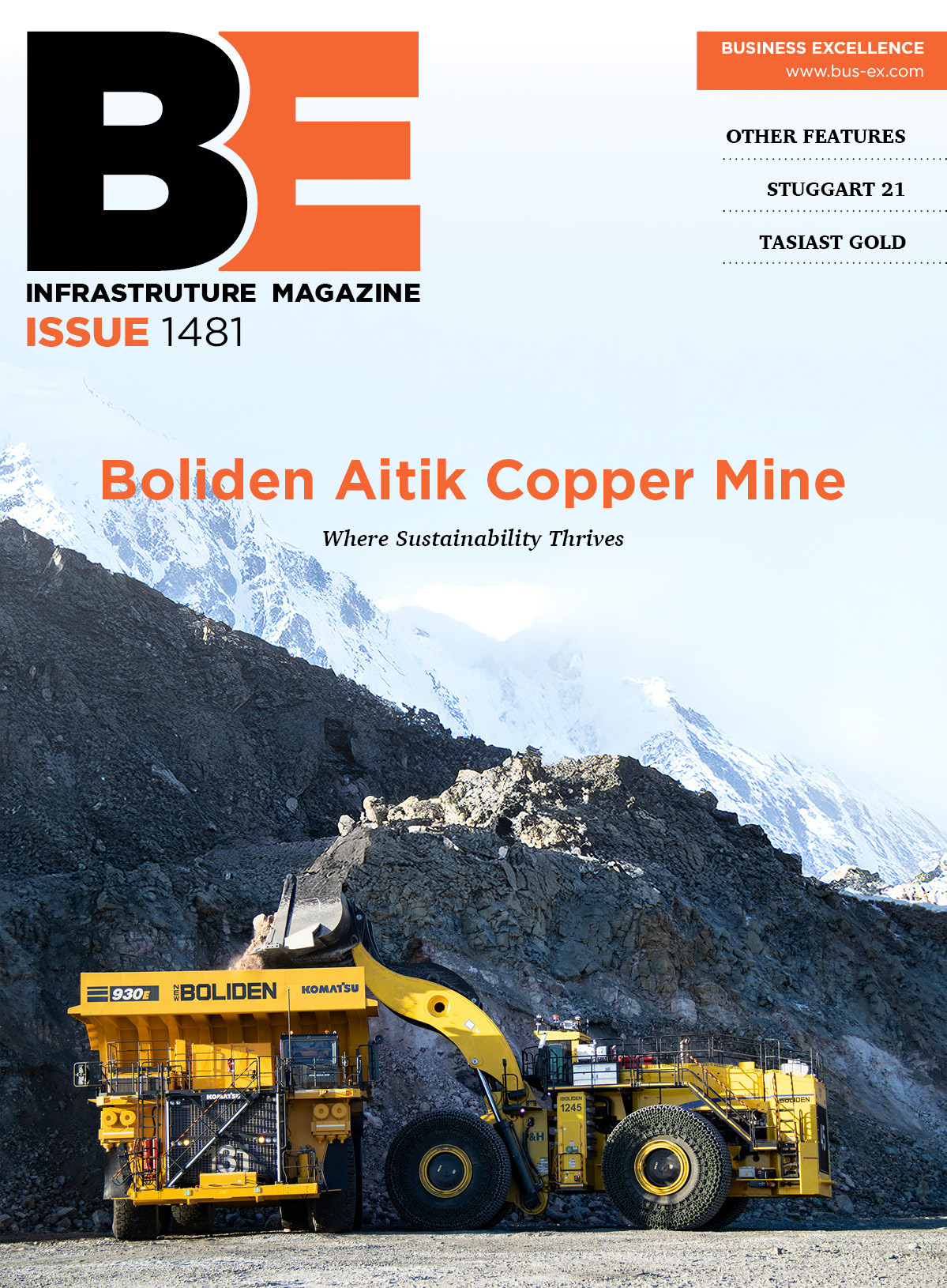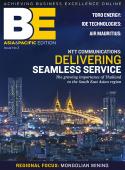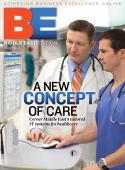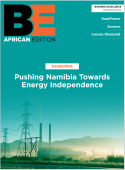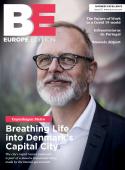The high road┬áEngineering consultancy Hatch Mott MacDonald is developing a thriving business in the Vancouver region. Vice president Tony Purdon talks to Gay Sutton about the projects spearheading that growth, and how developing leaders from within is driving its success. Hatch Mott MacDonald (HMM) was established in 1996 by two global consulting engineering companies, Canadian Hatch Associates and the UKÔÇÖs Mott MacDonald, which had been engaged on engineering projects across the continent. ÔÇ£We started relatively modestly with fewer than 100 staff members,ÔÇØ explains vice president Tony Purdon, ÔÇ£and our focus then was on tunnels, light and heavy rail, bridges and highways, and aviation.ÔÇØToday the Milburn, New JerseyÔÇôheadquartered company employs over 1,800 staff and operates through four units, one in Canada and three in the United States. Its areas of expertise have also expanded to include water and wastewater treatment, and environmental services.ÔÇ£If you take the Vancouver office as an example of our growth, in 2002 we had a handful of staff working on a tunnel project,ÔÇØ Purdon says. ÔÇ£But in 2004 we saw an opportunity to participate in the Sea to Sky (S2S) Highway Improvement Project, and this has turned out to be a breakthrough project for us.ÔÇØAn ambitious engineering project, the S2S Highway is sandwiched between mountains on one side and the ocean on the other. Widening the existing road often meant building stretches of road literally out into the air. ÔÇ£Visually, itÔÇÖs stunning,ÔÇØ Purdon says. ÔÇ£But it was difficult because there was limited site access. We and our contractor-client had to come up with some really novel ways of building out over rock and rock fill, all within access-constrained areas.ÔÇØThe timing for the $600 million project has also been unusually critical. ÔÇ£The south end of the project is in West Vancouver, and the far end is 95 kilometers away in the resort municipality of Whistler, which is where the alpine events for the Winter Olympics next year will be held,ÔÇØ Purdon explains. Construction work, which began in August 2005, is due for completion in summer this year, which will be well in time for the Winter Games to commence in February 2010.The project was also something of a landmark in British Columbia, being one of the earliest major public-private partnerships. HMM secured the role of engineering designer in the S2S Transportation Group, the consortium that was awarded a 25-year contract to design, construct, finance and operate the highway. Headed up by the Australian financial services giant Macquarie Group, the projectÔÇÖs design-build partner is Peter Kiewit Sons Co., to whom HMM is responsible.Work on the S2S Highway has been a launching pad for HMMÔÇÖs further expansion in the Vancouver region. Having established a successful relationship with Kiewit and Macquarie, it seemed natural to work with them again. When the Port Mann/Highway 1 project came up, Macquarie formed a new concession company, Connect BC, to bid for the work, and in August 2008 their bid was successful. ÔÇ£WeÔÇÖre now five months into what is probably the biggest public infrastructure project in Canada. ItÔÇÖs a huge undertaking.ÔÇØValued in the several billions, the project includes the widening of Highway 1 and a new Port Mann bridge over the Fraser River. ÔÇ£Construction work will be along a 37-kilometer stretch of Highway 1 from Vancouver to the city of Langley. It will include upgrading and widening of the highway and the construction of new interchanges to improve access. We have the contract as designer for the onshore workÔÇöthe bridges, highways, interchanges and related infrastructure.ÔÇØThere will undoubtedly be challenges ahead as the project unfolds. And while these are often related to technical issues, Purdon knows the real pitfalls may lurk elsewhere. ÔÇ£Having been through a number of large jobs, the technical and engineering challenges are part of the normal game. The big issues are the surprises that result from third-party interestsÔÇöfrom those who donÔÇÖt have a direct contractual or financial interest in the outcome. We have to understand their requirements and work with the third parties to get the work done, all within a very tight and aggressive timeline.ÔÇØWhen the company began operating in Vancouver in 2002, it had a staff of just six and now has 120 staff working in the Vancouver region. The Port Mann Project alone has a team of 180 people, including those of its partner and sub-consultant firms, working on the design of this project. Much of this success has been achieved through building good relationships with clients and partners. ÔÇ£ItÔÇÖs all about personal relationships and trust; it has nothing to do with fancy brochures or slick presentations. And itÔÇÖs important to our success to maintain these relationships.ÔÇØThe building of relationships also flows in the other direction. When HMM won the S2S contract, it didnÔÇÖt have sufficient staff to complete the project alone and had to team with a number of subcontract consultants. ÔÇ£WeÔÇÖve made a point of treating them fairly. Sometimes youÔÇÖll see a big company taking over and marginalizing a subcontract consultant.ÔÇØ ItÔÇÖs something the company could have done as its Vancouver office grew. ÔÇ£But we donÔÇÖt work like that. We continue to work with our subcontract consultants, and all sorts of opportunities flow from that.ÔÇØPurdon believes that the success of the company is built on the unique structure and operating ethos of HMM. Both parent companiesÔÇöHatch and Mott MacDonaldÔÇöare staff-owned. Meanwhile, HMMÔÇÖs staff owns a portion of the company, and the remainder is shared between the two parent companies, making the entire organization employee-owned.ÔÇ£For a professional services company, this is not unique,ÔÇØ Purdon admits. ÔÇ£But I think itÔÇÖs the best model. In terms of ethos, though, what makes us distinct is the character of the people who are running our company. Beginning as engineers, they have come up through the company and are now running it,ÔÇØ he says. ÔÇ£To an outsider, this might not sound like such a great idea, because engineers are sometimes regarded as not being the best managers. But we give all our engineers leeway to develop the business, and those who are good at it and enjoy engineering have risen to the top. ItÔÇÖs very much a meritocracy.ÔÇØ ÔÇô Editorial research by Vincent Kielty┬á



